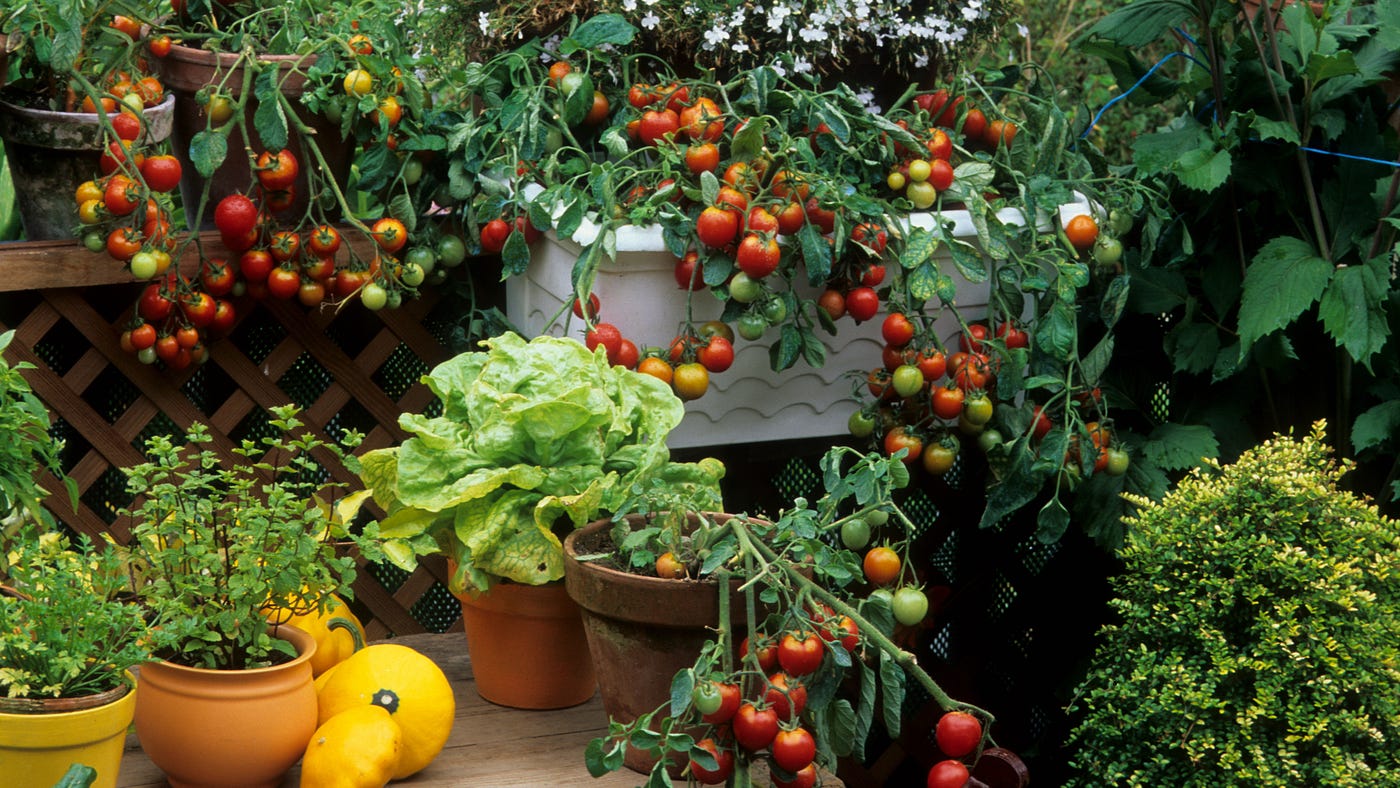- One area where sustainable practices can genuinely flourish is in our very own gardens.
In the face of rapidly changing climate patterns and environmental challenges, individuals and communities seek ways to impact the planet positively.
One area where sustainable practices can genuinely flourish is in our very own gardens. Gardening, a timeless and rewarding activity, not only allows us to cultivate beautiful landscapes and nourishing food but also presents an opportunity to mitigate the effects of climate change.
Gardening is growing plants for vegetables, fruits, flowers, herbs, and ornaments within a designated space. While gardening can benefit the environment, there are ways to minimize our impact while maintaining productive plots.
Here are some strategies you can employ in your garden to respond to climate change and provide food for your family:
1. Grow a Variety of Vegetables
Read More
By cultivating a diverse range of vegetables, you can reduce trips to the supermarket and limit fuel consumption associated with transportation. Consider forming relationships with local neighbours to exchange surplus produce.
2. Plant Trees
Trees are crucial in absorbing carbon dioxide. Planting fruit trees benefits the environment and provides your family with fresh, nutritious food. Additionally, strategically placing shade trees near your house can help cool rooms during the summer, reducing the need for excessive energy consumption.
3. Practice Water Conservation
Mulching your plants reduces water evaporation and minimizes the need for synthetic fertilizers. Utilizing rain barrels allows you to use pure rainwater for your garden, reducing reliance on treated water. Drip irrigation provides a slow and consistent water supply, and planting drought-tolerant trees and shrubs can help conserve water.
4. Minimize Gas-Powered Garden Tools
Gas-powered garden tools like lawnmowers can contribute significantly to pollution. Consider using push mowers, hand clippers, rakes, or brooms instead. You can also explore yard sales to find well-made hand tools that are still functional.
5. Compost Kitchen and Yard Waste
Producing your compost reduces the need for store-bought compost, which requires substantial energy for production, packaging, and transportation. Composting also reduces food waste in landfills, thereby minimizing methane emissions.
6. Prioritize Native Plants
Native plants typically require less water than introduced species and provide essential nutrients and shelter for local wildlife. These plants can also help restore soil and prevent erosion. Incorporating native plants with more extensive and deeper root systems reduces the need for excessive watering and feeding.
7. Reduce Peat Usage
Peat extraction is detrimental to the environment, as it is a non-renewable resource that releases carbon into the atmosphere. Choose environmentally friendly alternatives like coconut coir.
8. Replace or Reduce Lawn Areas
Manicured lawns demand significant water usage. Consider replacing sections of your lawn with drought-tolerant plants that require less water. Grass lawns are considered monocultures, and diversifying the landscape with more beneficial plants can have positive environmental impacts.
9. Plant Perennial Food Crops
Undisturbed food crops that remain in the ground for several years can store more carbon dioxide than seasonal crops. Perennial food crops include borage, lavender, marigold, sunflower, echinacea, daisy, snapdragons, swan plants, and dandelions.
10. Plant Cover Crops
Cover crops provide multiple benefits, like stabilizing soil, adding nutrients when dug in, and reducing the need for fertilizers. They also sequester carbon from the soil as they grow. Some common cover crops include annual rye, oats, field peas, and vetch.
Implementing these strategies can mitigate climate change while maintaining a productive garden that provides food for your family.







